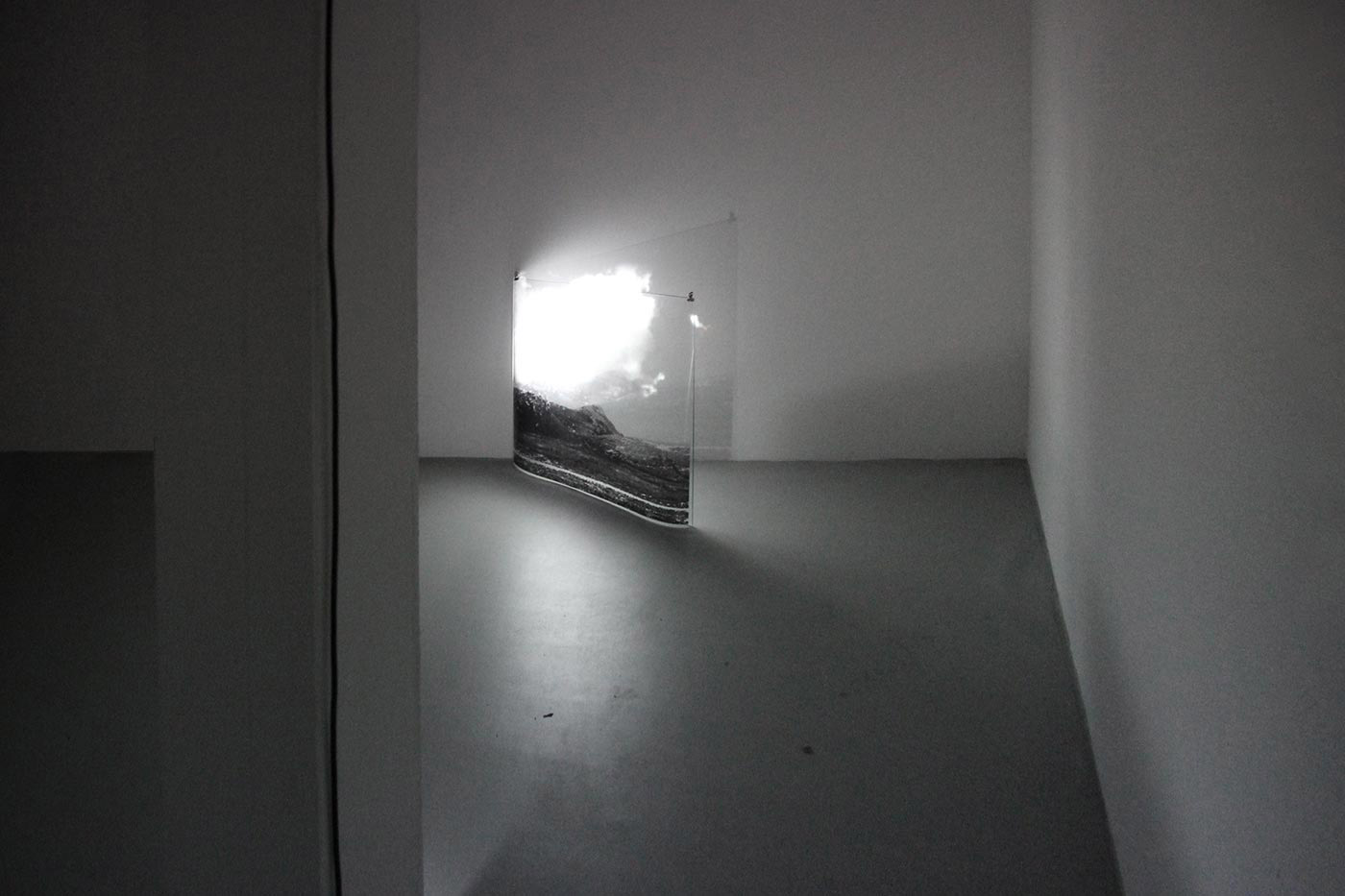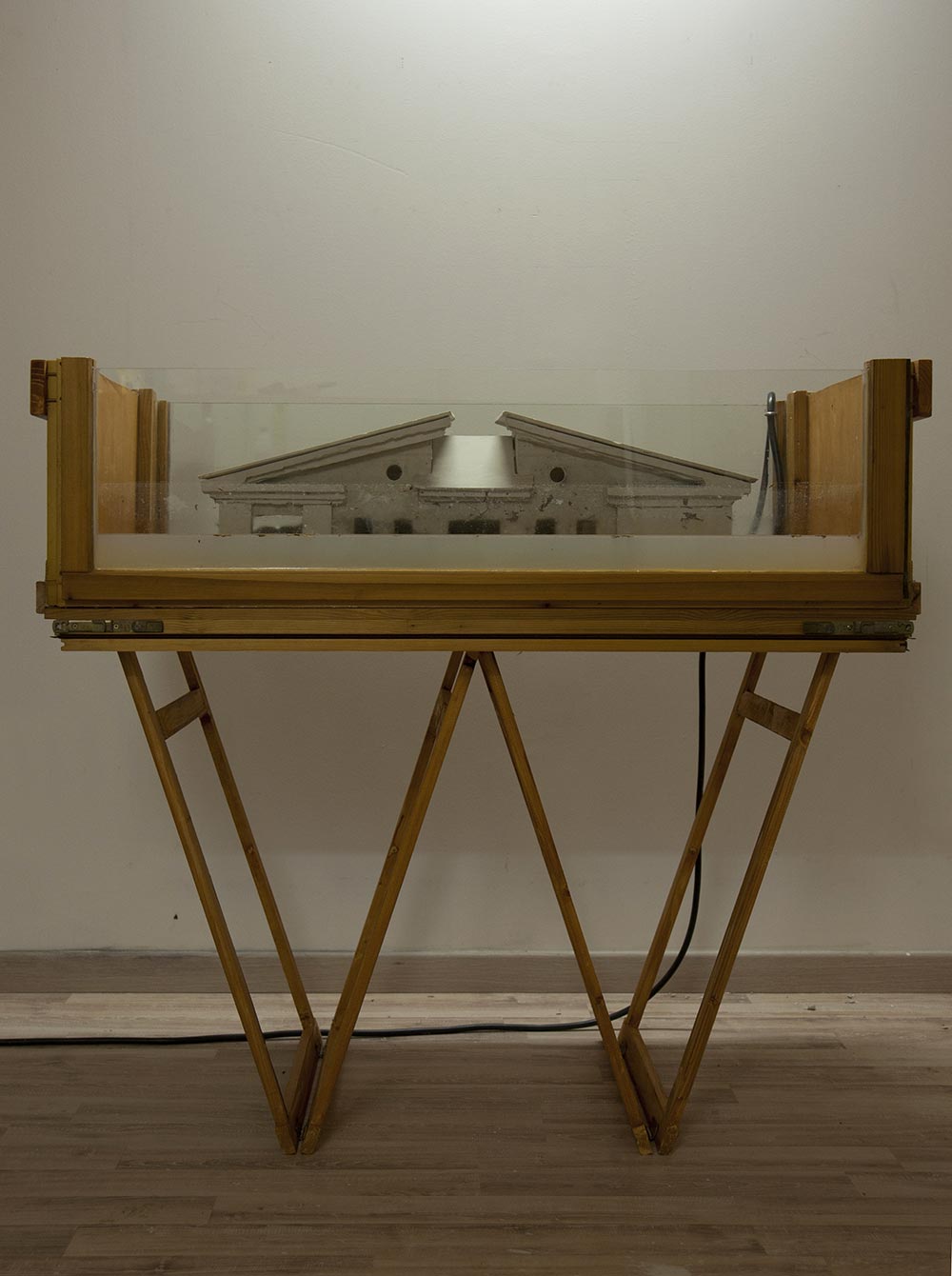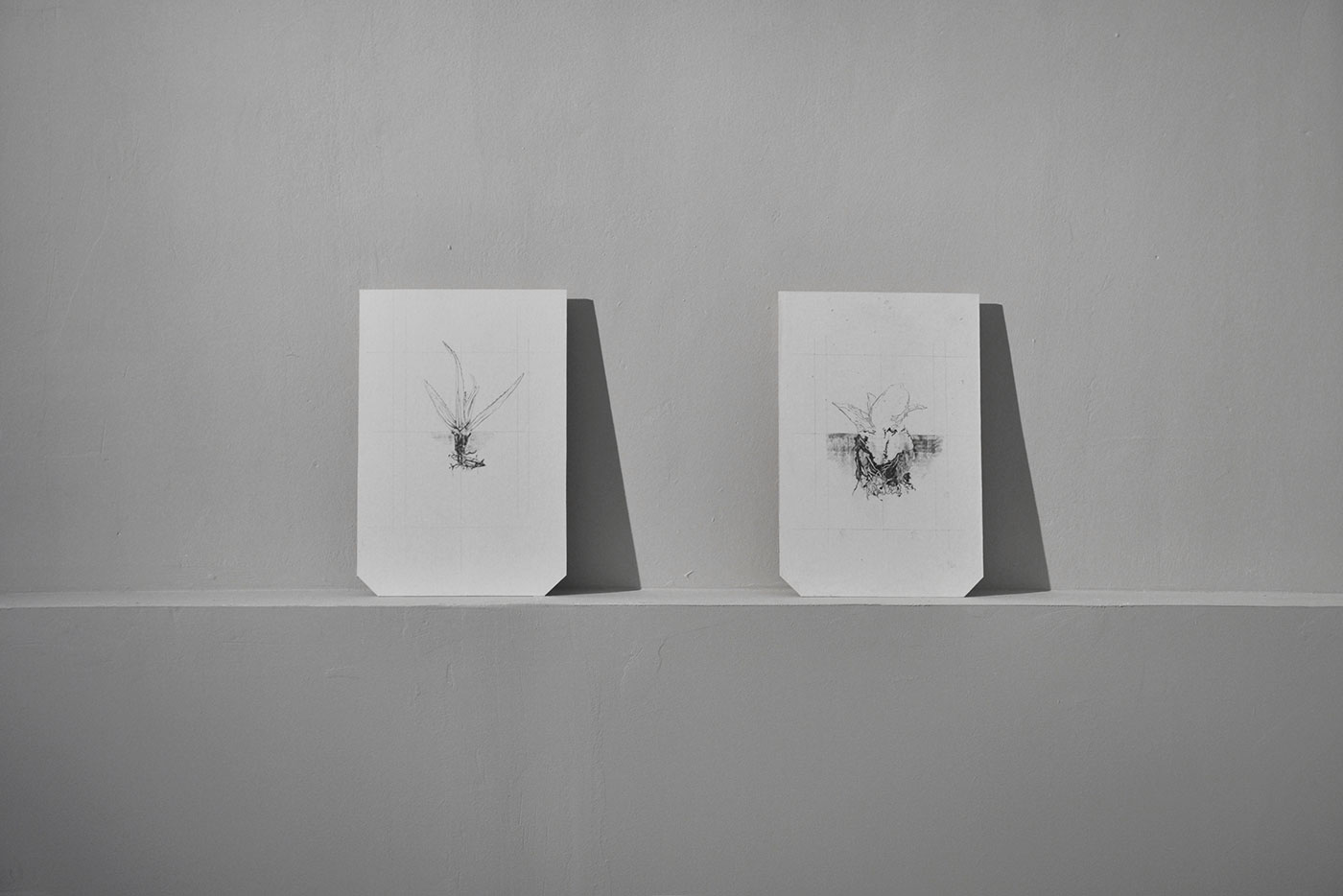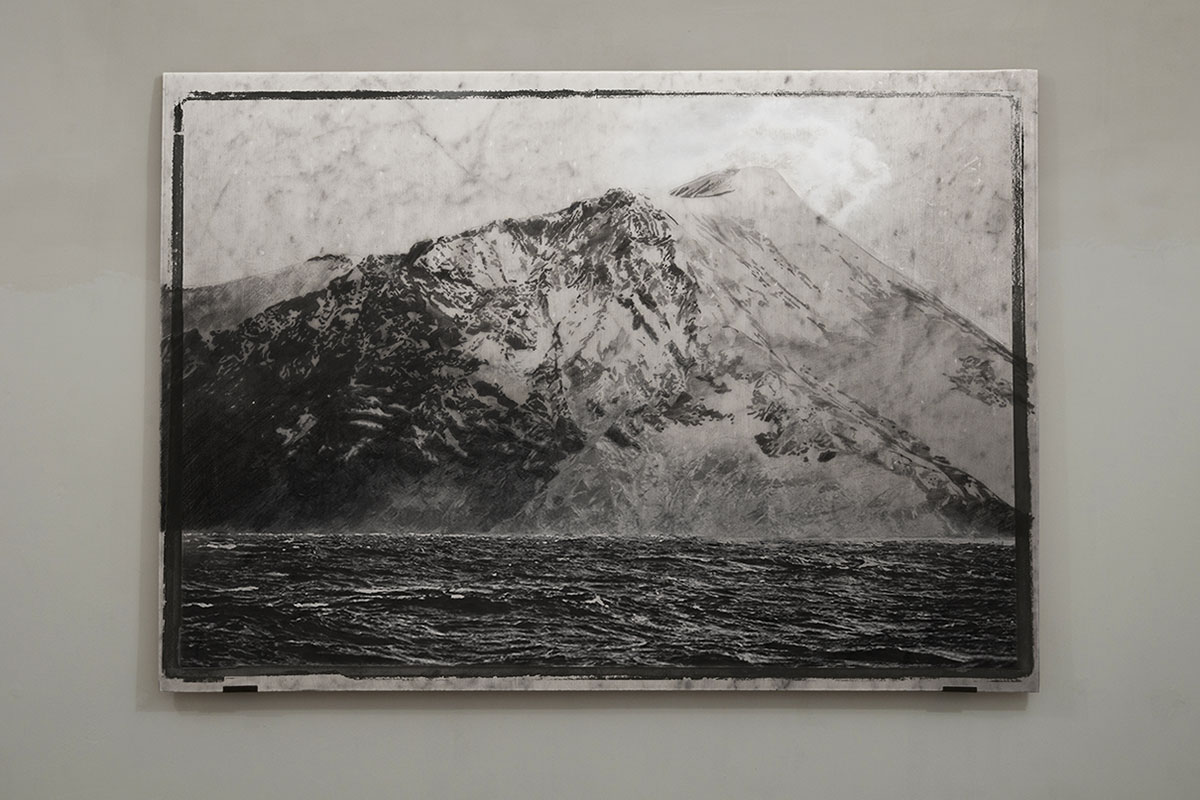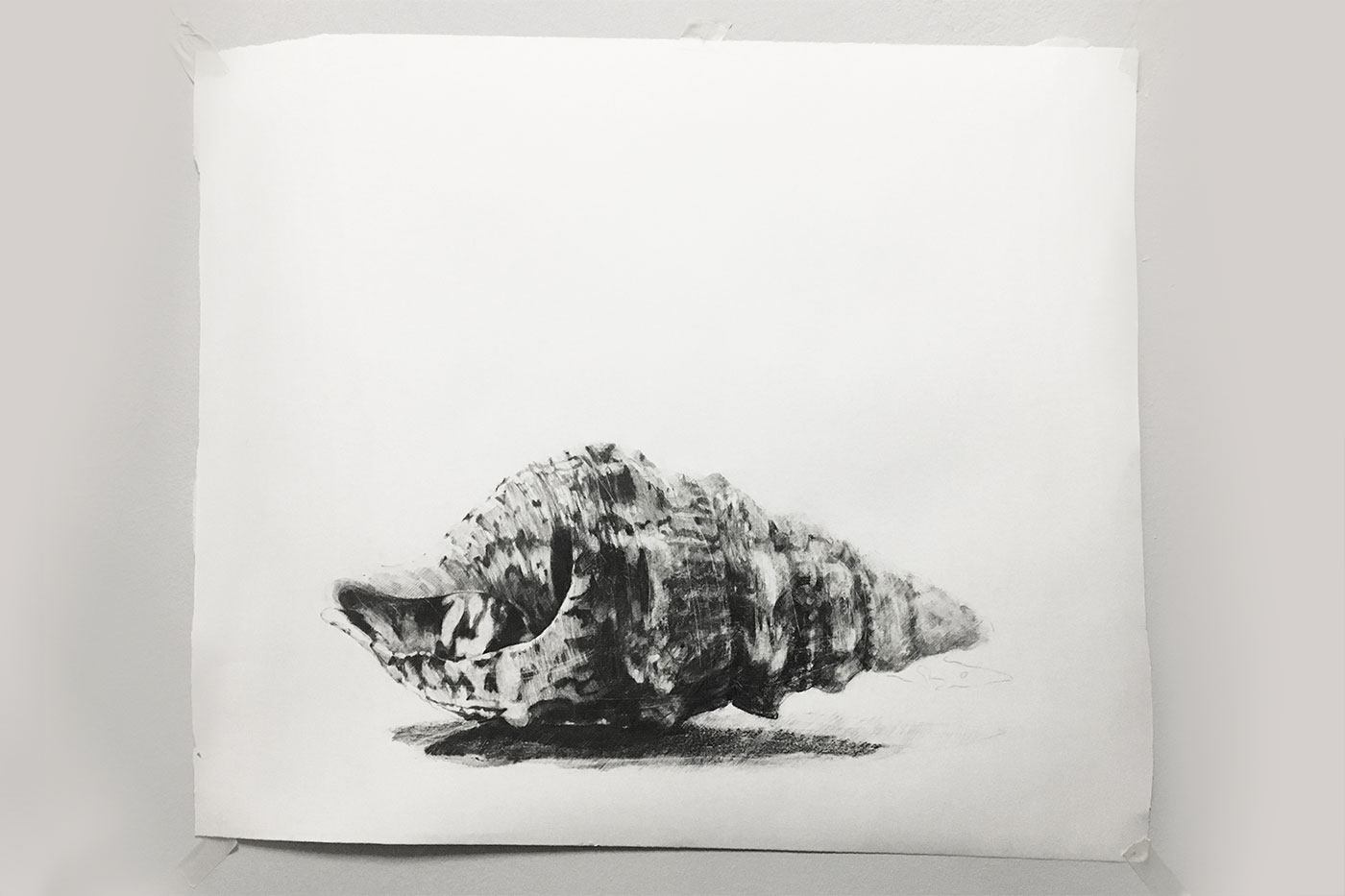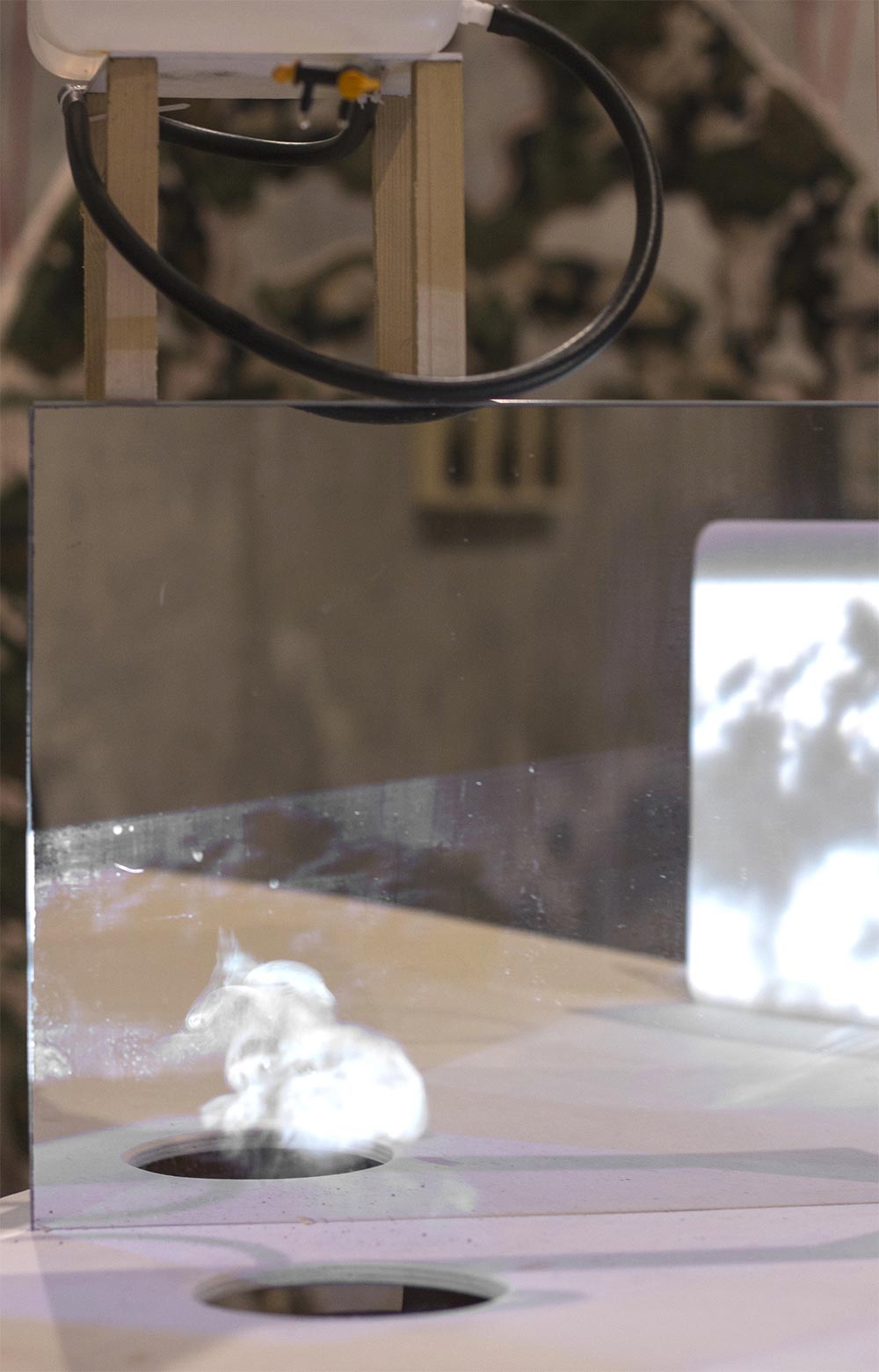My research in recent years is an investigation of some of the cardinal points from which all my work is derived. These are: Habitat (the environment), in the broadest sense of the word, human nature and that of the animal world, all considered small sets of molecular masses moving in space. It can all be summed up in a single concept, that which the Platonists use to indicate the vital essence of nature in its entirety or more specifically, the Anima Mundi or “soul of the world, “considered a single living organism. This represents the unifying principle from which they then take form as individual organisms, which, while articulating themselves and differentiating themselves each according to their own specific particularities, are, in the end, bound together in a common universal soul. To prove this thesis, from the biological point of view and that everything is a part of the whole, inside our skins there are limits between inside and outside, between us and them, we are made of the same material that comprises the world, we’re not outsiders (strangers). Our body is made up of 96% hydrogen atoms, carbon, oxygen and nitrogen, which are four of the key elements in the universe. While aware of this dependence upon our planet, we did not realize that it’s time to reverse the anthropocentric perspective: whose hypothesis (pl) is at the very root of the concept of Ecosophy (the shift in man’s position, no longer superior to living creatures but a part of the ecosphere). I do not want to speak of utopia, but even today, in many cultures (among the least globalized) the term “mother earth” is understood as innately wise, who knows just how to provide and care for her creatures. The material that makes up our Habitat is the subject-object of my research, theory and practice, and as you can see in my work, the materials I have used vary from water, sea salt, wood, glass, to electricity, paper and other media used according to which could best express the work in question. The common denominator that many of these materials share is their inherent ability to change their state.
La ricerca degli ultimi anni è un’indagine riguardante alcuni concetti quali: l’Habitat, nella sua accezione più estesa, la natura umana e quella animale, considerate come piccoli insiemi di masse molecolari che si spostano nello spazio. Il tutto si potrebbe riassumere in un solo concetto, quello che i platonici usano per indicare la vitalità della natura nella sua totalità ovvero l’Anima Mundi o anima del mondo, considerabile come un unico organismo vivente. Questa rappresenta il principio unificante da cui prendono forma i singoli organismi, i quali, pur articolandosi e differenziandosi ognuno secondo le proprie specificità individuali, risultano tuttavia legati tra loro in una comune anima universale.
A conferma di questa tesi, anche dal punto di vista biologico e che tutto è una parte nel tutto, all’interno dei nostri tegumenti che sono il limite tra interno ed esterno, tra noi e il resto, siamo fatti della stessa materia che compone il mondo non ne siamo estranei. Il nostro corpo è composto per il 96% da atomi d’idrogeno, carbonio, ossigeno e azoto che sono quattro degli elementi più presenti nell’universo.
Pur coscienti di questa dipendenza dal nostro pianeta, non ci siamo accorti che è l’ora del rovesciamento della prospettiva Antropocentrica: ipotesi che sta alla base del concetto di Ecosofia (cambiamento d’orizzonte dell’uomo, non più al di sopra degli esseri viventi ma parte dell’ecosfera). Non vorrei fare dell’utopia, ma ancora oggi, in molte culture (tra le meno globalizzate) l’espressione “madre terra” è usata per darle un valore di saggezza e in quanto saggia, capace di prendersi cura delle sue creature. La materia da cui è composto il nostro Habitat è il soggetto-oggetto nella mia ricerca, teorica e pratica, e come si può notare nelle mie opere, i materiali usati variano dall’acqua, al sale marino, al legno, al vetro, all’elettricità, alla carta ed altri usati in base alla loro migliore possibilità d’esprimere l’opera in esame. Il comune denominatore che hanno molti di questi materiali è la loro intrinseca possibilità al cambiamento di stato.

